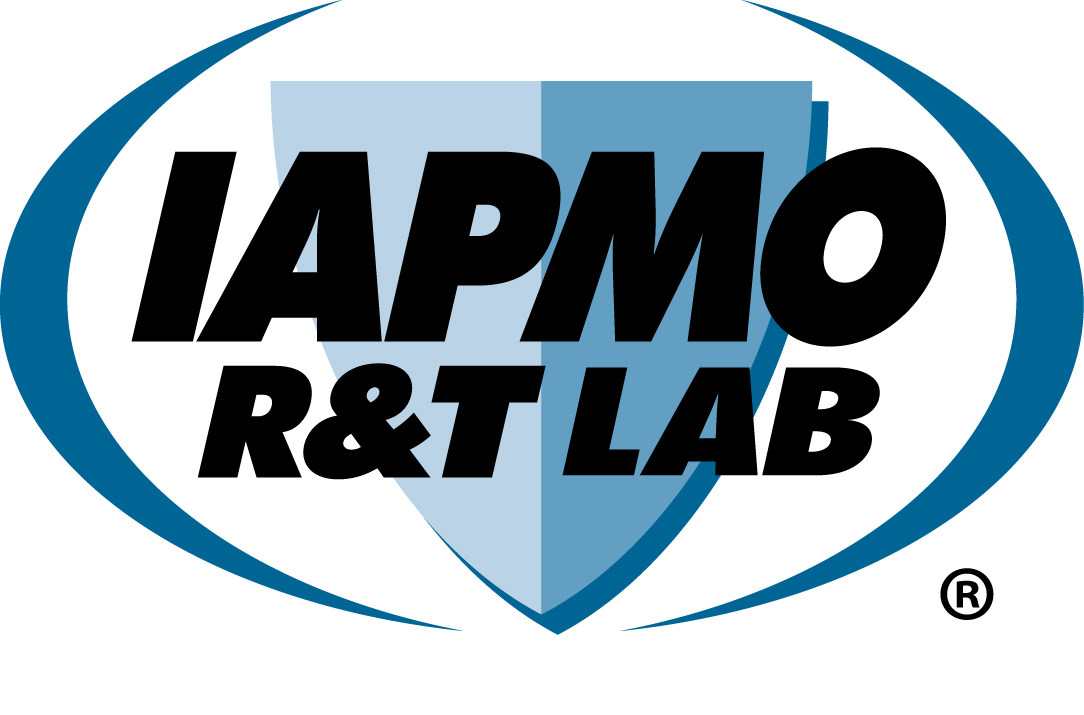Often times, the IAPMO R&T Lab is asked what is the difference between the code and the standard with respect to product evaluation. After all, we review and evaluate products not only against the applicable standards, but also against the code. By code we refer to the Uniform Plumbing Code®.
A standard is usually a set of requirements used to evaluate the performance, dimension, material and marking of a product. The performance may be both mechanical and toxicological. The product may be evaluated for longevity, pressure, backflow, lead content, metal and organic and inorganic analysis, flow rate, load and other tests.
However, even though a product may comply with the applicable standards, it does not necessarily mean that it will comply with the code. The code contains a table of current nationally recognized test standards for various products. In addition, the code usually dictates the method of installation, method/type of backflow prevention depending on applications, and other issues sometimes not found in the test standard.
For instance, many products require that they have backflow prevention. Common types of backflow prevention include airgaps, check valves and vacuum breakers. It is the code that dictates the type. A faucet may use an airgap as a method of backflow prevention, but not if it has a hose connected spout, side spray or handheld shower. These types of products must use a double check valve system or vacuum breaker.
Check valves can be listed/certified for compliance with the applicable standard; however, for the application, the code only allows the check valves to be used for kitchen, lavatory, shampoo bowl and shower fittings with flexible hose only.
Another example is traps. Both the code and standard require that traps in fixtures as well as in waste fittings have a minimum of a 2-inch liquid trap seal depth. This prevents the sewer gas from coming up through the fixture. The standard does not specify the type of trap. On the other hand, the code does not allow mechanical traps, “S” traps, bell traps or crown-vented traps. In this case, a fixture with a bell trap could meet the requirement of the standard; however, it does not meet the requirement of the code.
Installation is another issue that is usually covered by the code and not the standard. Earlier I spoke of the use of vacuum breakers. The code indicates when a vacuum breaker shall be installed at least six (6) inches above the fixture’s flood level. Deck-mounted or equipment-mounted vacuum breakers shall be installed in accordance with their listing and manufacturer’s instructions, with the critical level not less than one (1) inch above the flood level rim.
The code also dictates that the installation of a vacuum breaker be accessible for repair or replacement. This is also true of fixtures and fittings that have slip joint connections or fixtures like whirlpool bathtubs, which have pumps and motors. The pump or motor must have a minimum 12-inch-by-12-inch access panel for easy repair or replacement.
There are many other requirements in the code that are not covered in the standards. However, if a product is UPC® listed, it means the product met the requirements of the applicable standard and the code.

Ken Wijaya
Last modified: December 30, 2022

